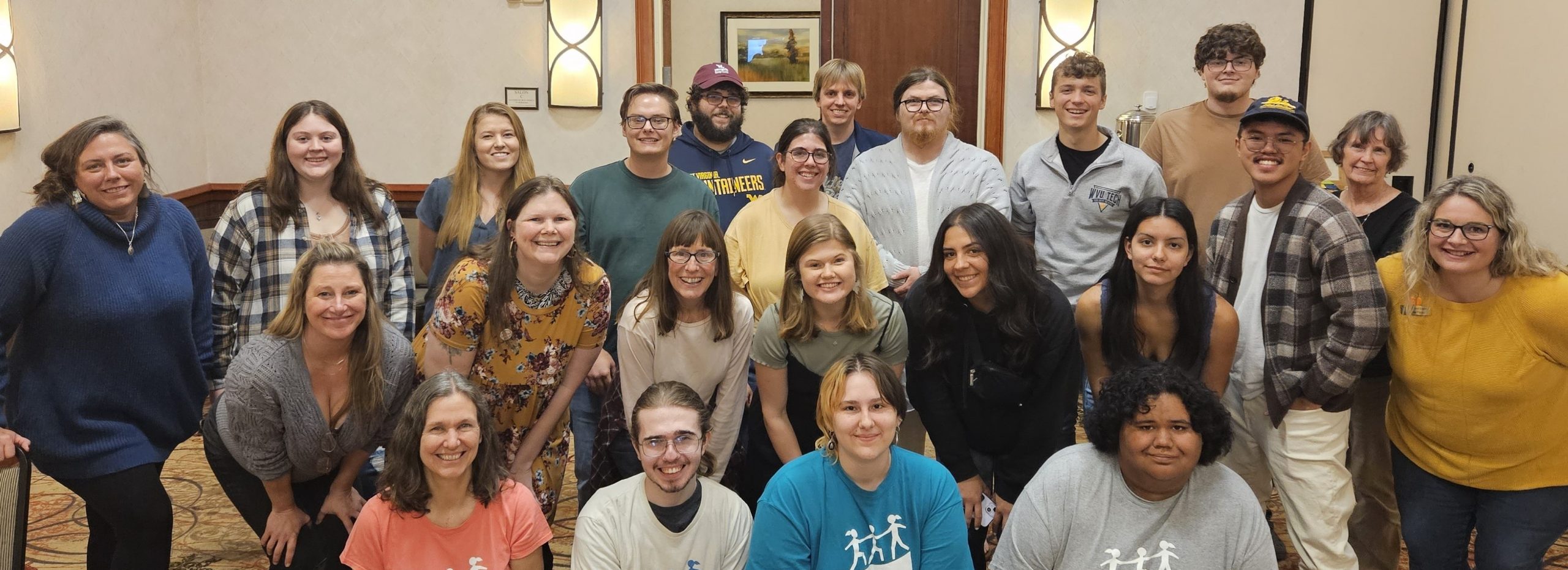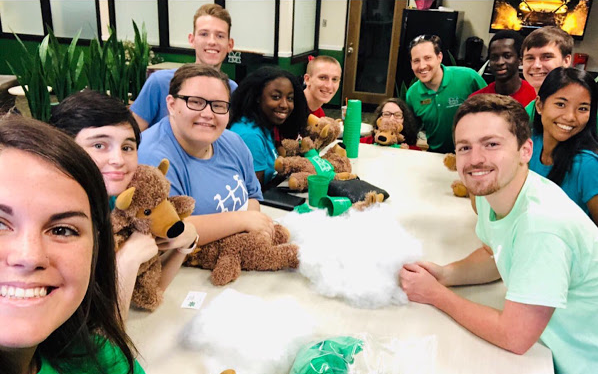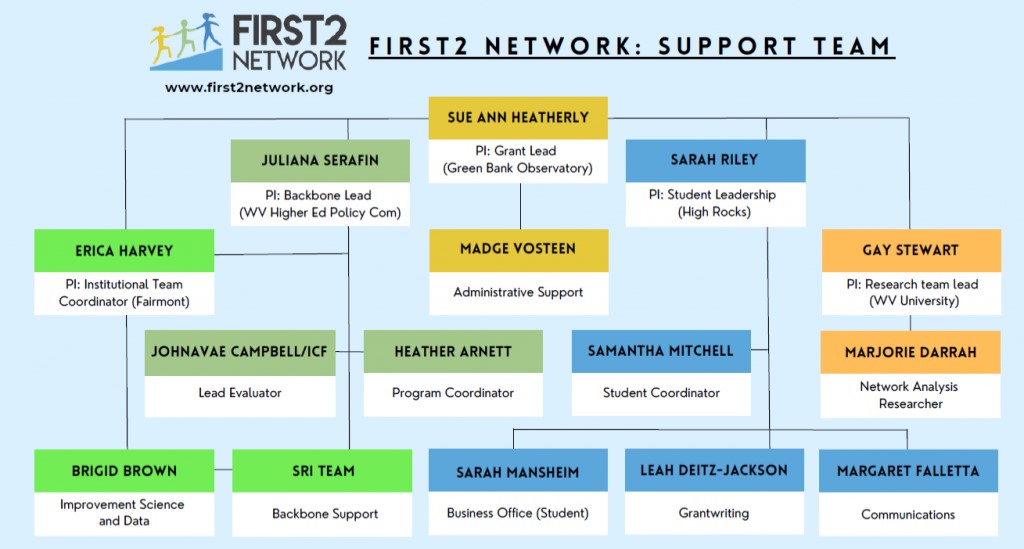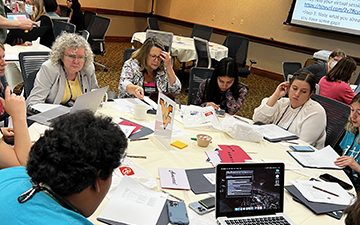The First2 Network is one of 17 Alliances across the country funded through the NSF INCLUDES initiative. INCLUDES stands for Inclusion across the Nation of Communities of Learners of Underrepresented Discoverers in Engineering and Science. Learn more here.
The First2 Network seeks to improve STEM graduation among rural, first-generation, and other underrepresented college students, focusing on their first two years – a critical breaking point in the college and career pathway for many of our brightest and best students. View our WV Higher Education Policy Commission dashboard here.
In 2016 a small band of people were awarded a two-year grant from the U.S. National Science Foundation to try some promising practices that could impact STEM persistence, and to conduct preliminary research aimed at better understanding the motivation of rural first Generation STEM students; in 2018 we became one of 5 NSF INCLUDES Alliances to be funded nation-wide. Learn more about what our current support team looks like here.
Knowledge-sharing with like-minded others in support of first-generation STEM students is a major benefit of participation in First2 Network. We are grateful to our principal investigators and all of our organizational partners including our higher education, government, industry and non-profit partners for helping move our work forward. Learn more about our First2 partners here.
Knowledge-sharing with like-minded others in support of first-generation STEM students is a major benefit of participation in First2 Network. We are grateful to our principal investigators and all of our organizational partners including our higher education, government, industry and non-profit partners for helping move our work forward. Learn more about our First2 campus partners here.





